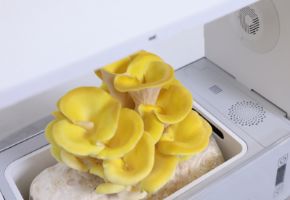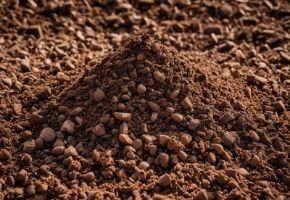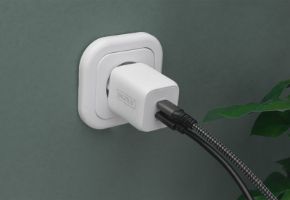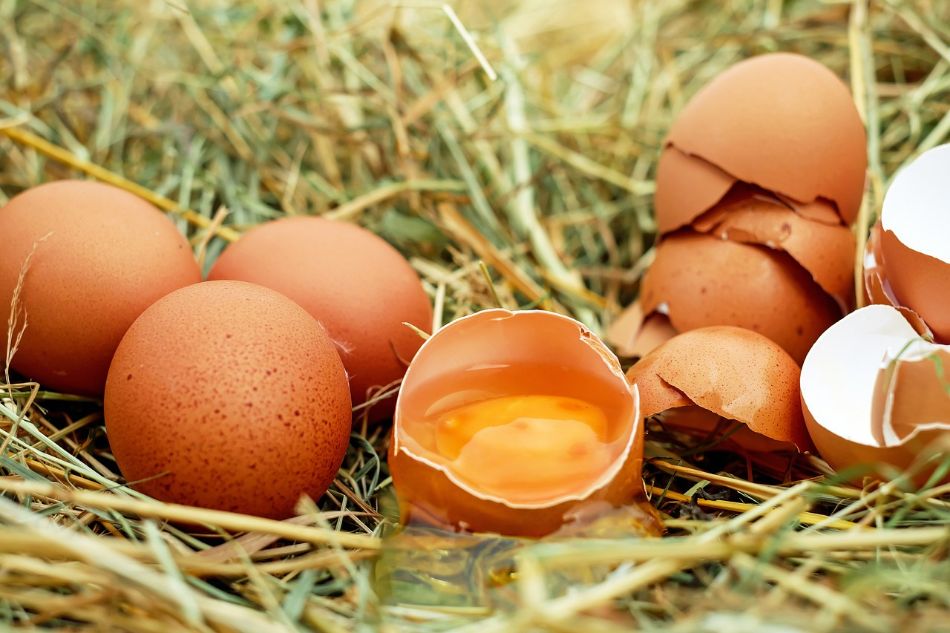The recycling of eggshells for the preparation of mushroom substrate represents an innovative and sustainable idea, which is increasingly gaining recognition due to its potential to improve the yield in the cultivation of edible mushrooms. This technique, however, requires particular attention during the sterilization and preparation phases, essential for achieving optimal results.
Nutritional Components of Eggshell
Eggshells are a natural resource rich in useful elements that help enrich the cultivation soil. Among the nutritional elements of eggs we find:
- calcium carbonate, which makes up about 95% of their composition;
- magnesium;
- phosphorus;
- proteins of the organic matrix;
- small amounts of strontium and fluoride.
Most Suitable Mushroom Species
Some mushroom species show particularly promising results when cultivated on substrates enriched with eggshells. Here are the main ones:
1. Pleurotus Ostreatus (Oyster Mushrooms)
Characteristics and Benefits
- responds excellently to calcium-rich substrates;
- accelerates growth by 20-30%;
- greater resistance to diseases;
- fruiting bodies more substantial and heavier.
2. Lentinula Edodes (Shiitake)
Specific Advantages
- grows optimally on woody substrates enriched with eggshells;
- colonizes the substrate more effectively;
- increases production by 15-25%;
- offers superior organoleptic quality.
3. Agaricus bisporus (Champignon)
Main Benefits
- shows a greater resistance to contamination;
- extends the production cycle;
- produces more compact and durable fruits.
4. Flammulina Velutipes (Enoki)
Distinctive Characteristics
- responds positively to supplemental calcium;
- offers more uniform growth;
- sturdier and more resilient stems.
Preparation Procedure
Always fundamental, but especially with the use of eggshells, is the process in which all material is sterilized and the subsequent phases.
Sterilization
The fundamental phases of the process include:
- thoroughly washing the shells;
- boiling them for about 15 minutes;
- drying them in the oven at a temperature of 150°C.
Incorporation into the Substrate
The recommended dosage is 5-10 grams of shell powder per kilogram of substrate.
Monitoring and Control
Once the mixture is made, it is necessary to verify that the substrate meets well-defined requirements.
Critical Parameters
- pH: should be maintained between 6.0 and 7.5;
- humidity: ideal between 60% and 65%;
- temperature: must be adjusted according to the mushroom species.
Economic and Environmental Benefits
The use of eggshells brings various and numerous advantages that cannot leave one indifferent to their recovery, let's see which ones.
Sustainability
The reuse of egg waste offers numerous benefits:
- allows the recycling of waste materials;
- reduces overall production costs;
- improves the quality of the final product.
Warnings and Precautions
To ensure the success of the entire process, it is important to follow some precautions:
- Ensure the use of fresh and clean eggshells
- Maintain sterile conditions during preparation
- Regularly monitor mushroom growth
- Avoid any type of cross-contamination
Does this process seem too complicated? We have ready-made substrates for you!










